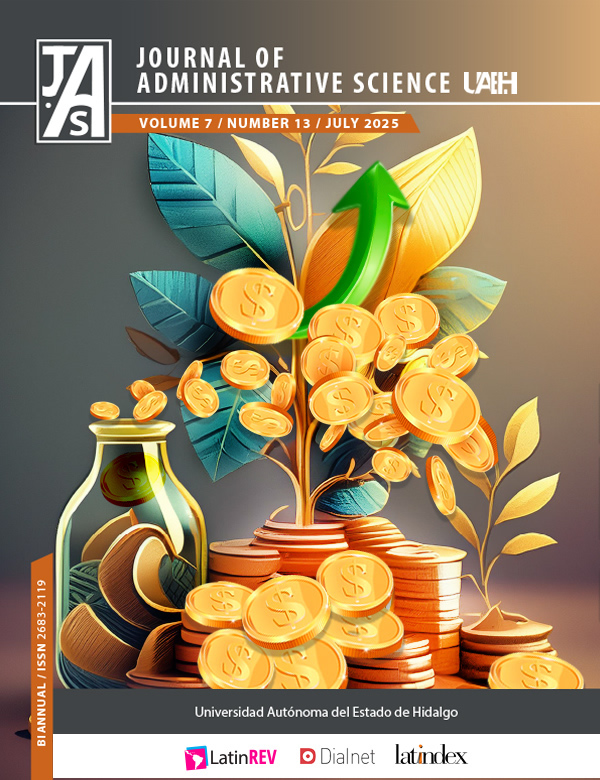UN Model Laws: What Role Do They Play in Harmonizing International Law?
DOI:
https://doi.org/10.29057/jas.v7i13.13457Keywords:
Model Laws, UN, International Law, Sustainable Debelopment, International OrganizationsAbstract
The role of UN Model Laws in the harmonization of international law is examined. These laws, designed to address specific issues, provide a common normative framework that States can adopt and adapt according to their local needs. Their flexibility facilitates the creation of a more harmonized global legal system, reducing disparities and promoting consistency in the application of international norms. In addition, these laws promote the protection of human rights and universal values, foster international dialogue and contribute to building consensus among States. In a context of global challenges, they emerge as valuable tools for establishing a more equitable and coordinated international legal order.
Downloads
Publication Facts
Reviewer profiles N/A
Author statements
Indexed in
- Academic society
- N/A
- Publisher
- Universidad Autónoma del Estado de Hidalgo
References
United Nations. (1945). Charter of the United Nations.
Hurd, I. (2014). International organizations: Politics, law, practice (2nd ed.). Cambridge University Press.
Nollkaemper, A., & Plakokefalos, I. (Eds.). (2014). Principles of shared responsibility in international law. Cambridge University Press.
United Nations. (1948). Universal Declaration of Human Rights.
World Intellectual Property Organization. (2013). Marrakesh Treaty to Facilitate Access to Published Works for Persons Who Are Blind, Visually Impaired, or Otherwise Print Disabled.
United Nations. (1989). Convention on the Rights of the Child.
International Court of Justice. (1986). Case concerning military and paramilitary activities in and against Nicaragua (Nicaragua v. United States of America), Merits, Judgment. I.C.J. Reports 1986, p. 14.
United Nations. (2003). United Nations Convention against Corruption.
International Court of Justice. (2007). Application of the Convention on the Prevention and Punishment of the Crime of Genocide (Bosnia and Herzegovina v. Serbia and Montenegro), Judgment.
United Nations. (1948). Convention on the Prevention and Punishment of the Crime of Genocide.
World Intellectual Property Organization. (1886). Berne Convention for the Protection of Literary and Artistic Works.
United Nations. (1984). Convention against Torture and Other Cruel, Inhuman or Degrading Treatment or Punishment.
United Nations. (1992). United Nations Framework Convention on Climate Change.
United Nations. (1979). Convention on the Elimination of All Forms of Discrimination Against Women.
United Nations. (1961). Vienna Convention on Diplomatic Relations.
United Nations. (1982). United Nations Convention on the Law of the Sea.
United Nations. (2001). United Nations Convention against Transnational Organized Crime.
International Committee of the Red Cross. (1949). Convention (III) relative to the treatment of prisoners of war, Geneva, 12 August 1949.
United Nations. (2015). Paris Agreement.
United Nations. (1965). International Convention on the Elimination of All Forms of Racial Discrimination.
World Trade Organization. (2013). Trade Facilitation Agreement.
World Bank. (2017). World Development Report 2017: Governance and the Law.
International Labour Organization. (1999). Convention concerning the prohibition and immediate action for the elimination of the worst forms of child labour (No. 182).
World Health Organization. (2005). International Health Regulations.
International Monetary Fund. (2018). Global Financial Stability Report: A bumpy road ahead, April 2018.
United Nations. (2015). Transforming our World: the 2030 Agenda for Sustainable Development.
United Nations. (1992). Convention on Biological Diversity.
United Nations. (2018). United Nations Declaration on the Rights of Peasants and Other People Working in Rural Areas.
Downloads
Published
How to Cite
Issue
Section
License
Copyright (c) 2025 Edú Ortega Ibarra, Joselito Fernández-Tapia, Ilse Haide Ortega-Ibarra

This work is licensed under a Creative Commons Attribution-NonCommercial-NoDerivatives 4.0 International License.

















